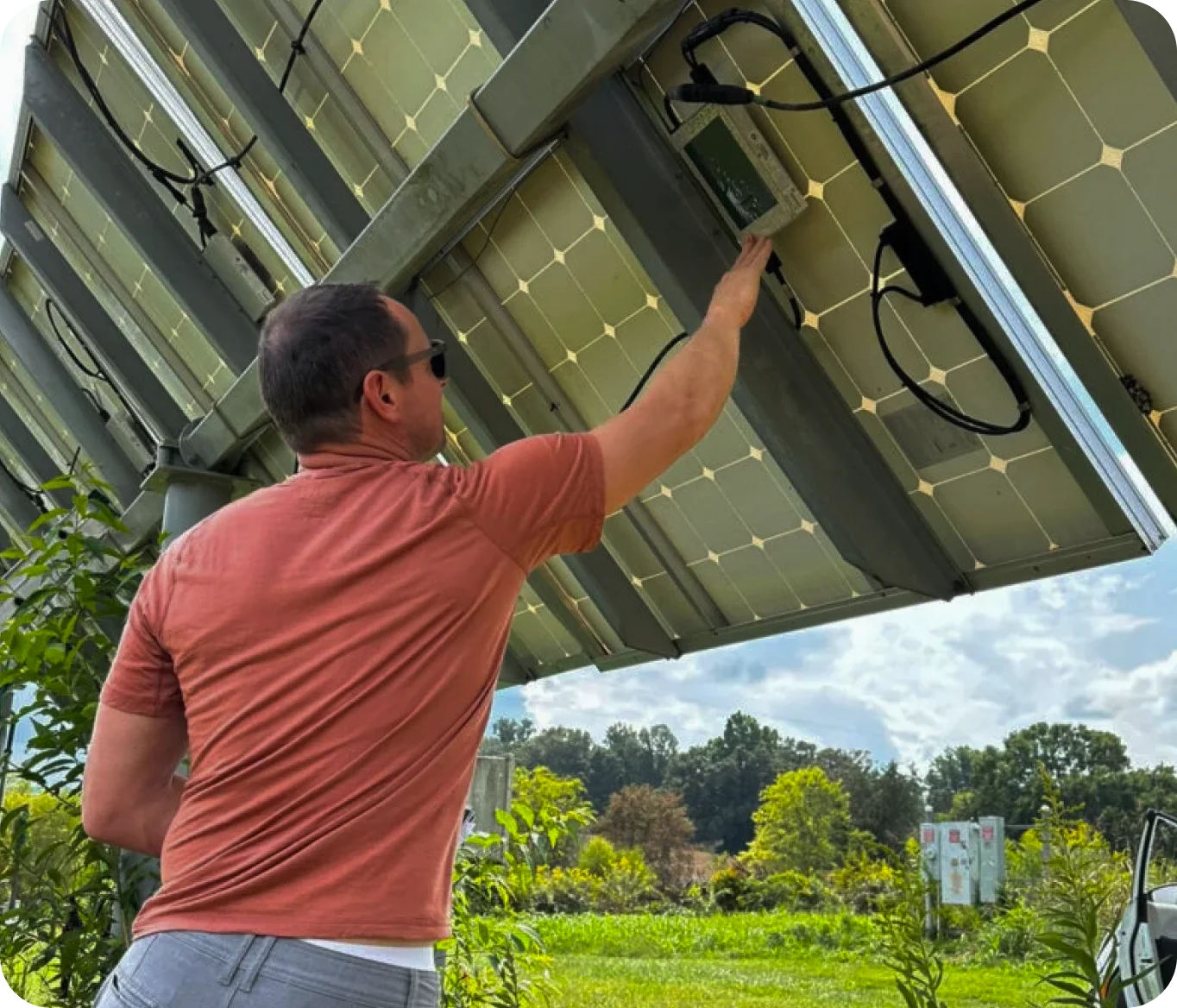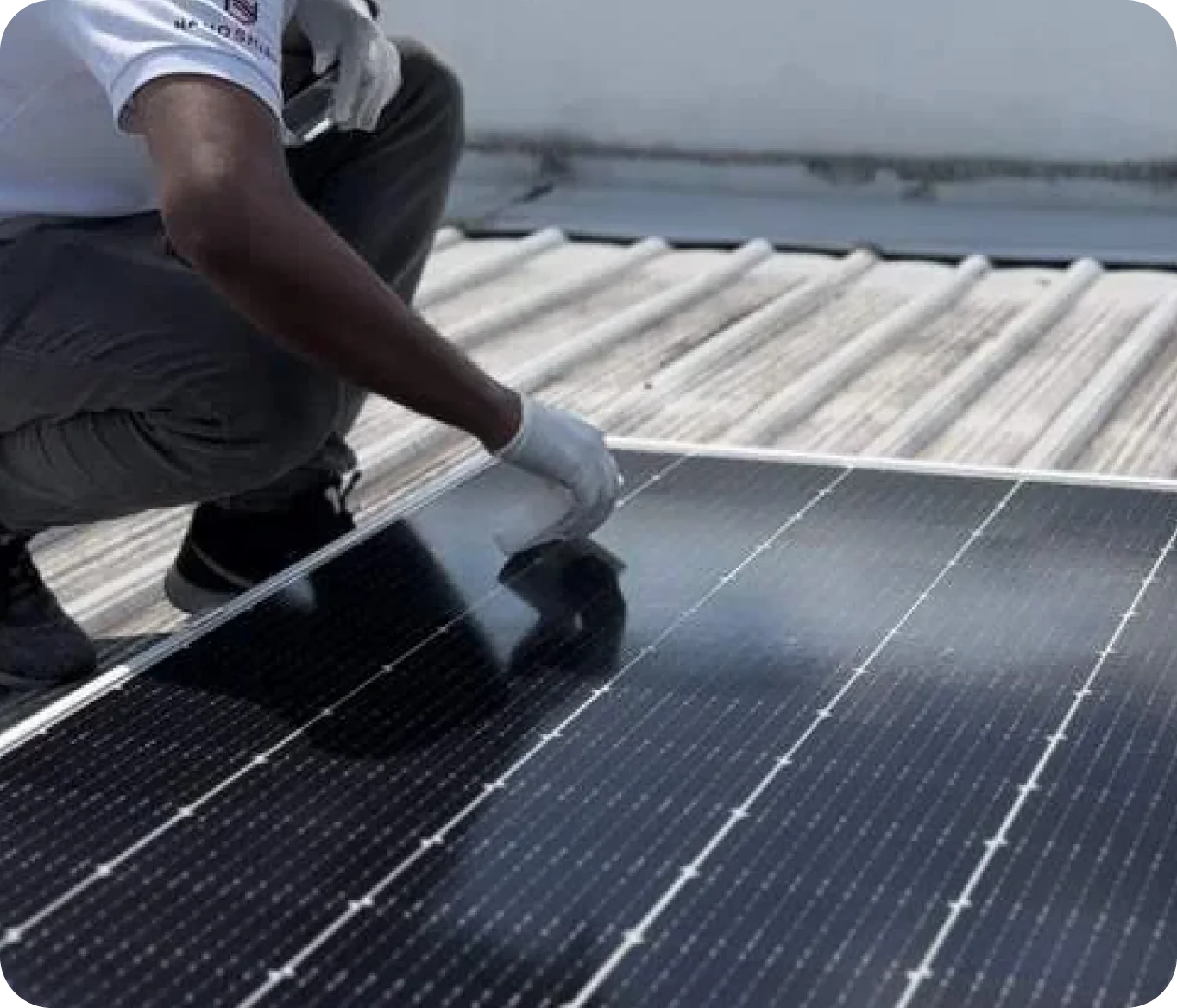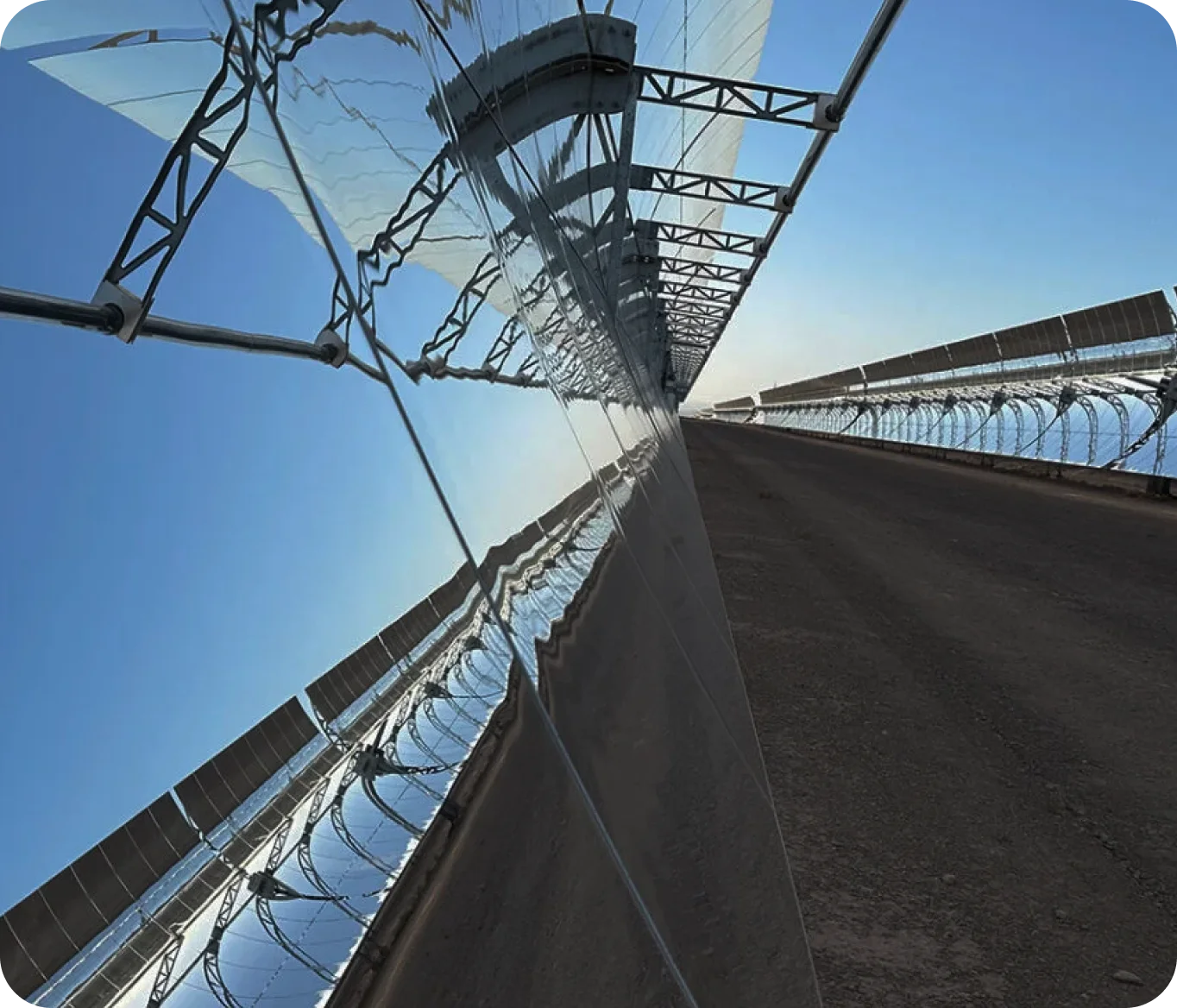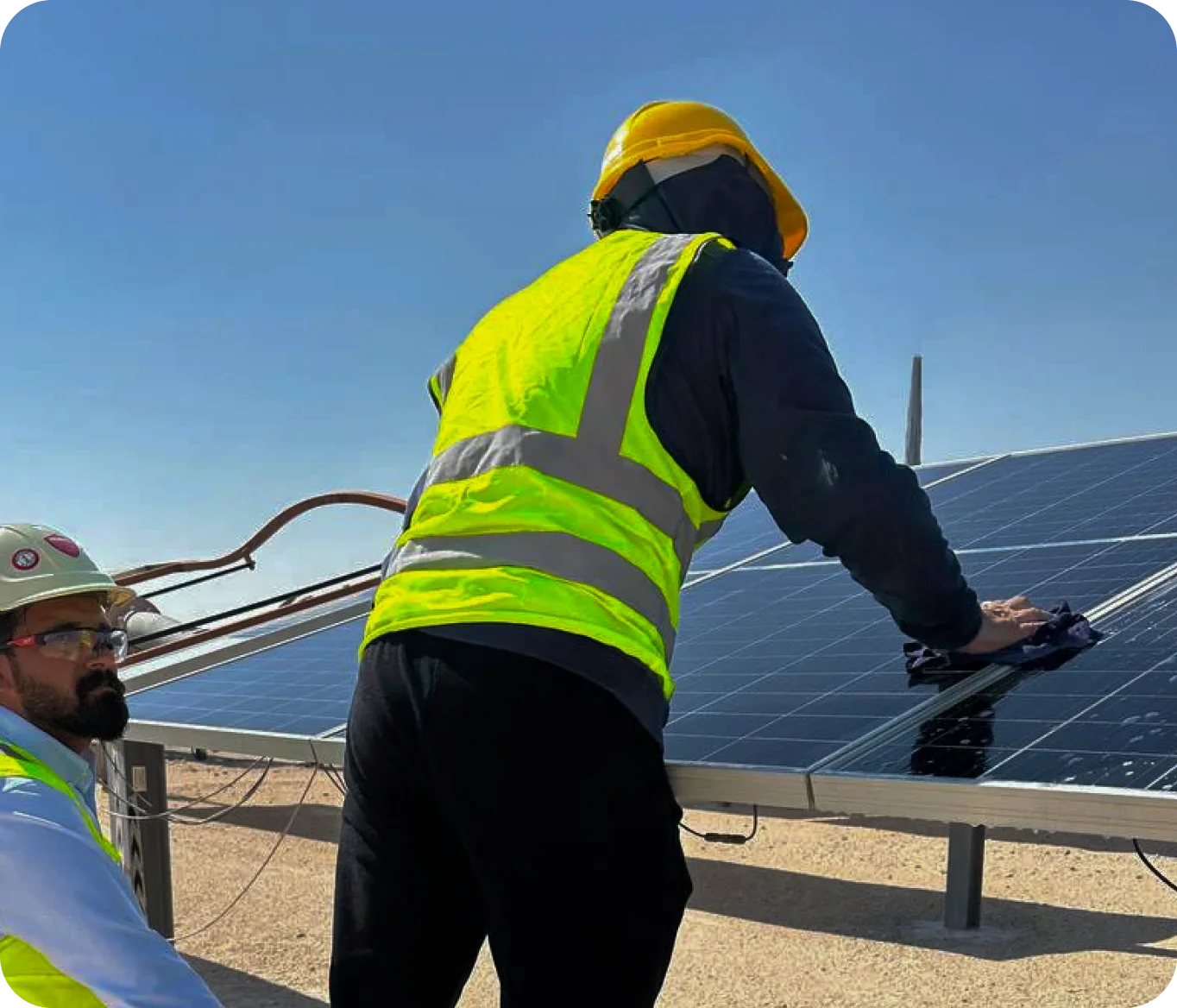Solar
Nanoshield Solar coatings offer multiple benefits, including prevention of dust, debris and bird-droppings accumulation, UV protection, easier cleaning, reduced water consumption, resistance to chemicals and industrial airborne contaminants and enhanced aesthetics.
Nanoshield Solar-S
Nano coating with self-cleaning hydrophobicity,
maximising light absorption and panel efficiency
while offering durable protection and reduced
maintenance costs.


Nanoshield
Solar-S-Premium
Antimicrobial nano coating with self-cleaning, cooling, hydrophobicity, maximising light absorption and increasing energy production.
Nanoshield Marine
Nanoshield Marine offers a cutting-edge nanotechnology solution to combat antifouling ,marine growth and saltwater damage effecting floating solar farms.

Pilot Projects


Hanoi Solar Farm Veitnam

Johor Bahru Malaysia

Noor2 Parabolic Trough Morocco

Shuaa Energy 1 Solar Farm UAE
Quick Links
Our Offerings
Newsletter
Don’t miss out! Subscribe for fresh news and special offers.

